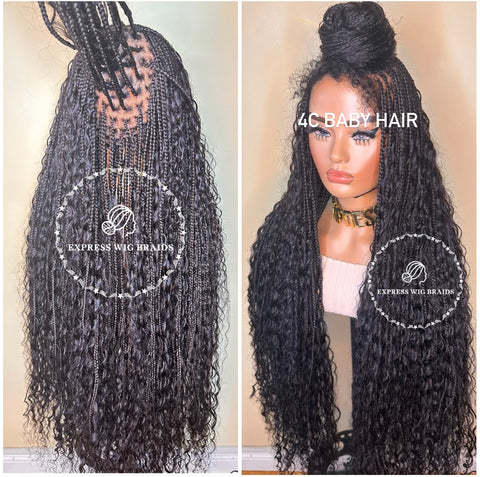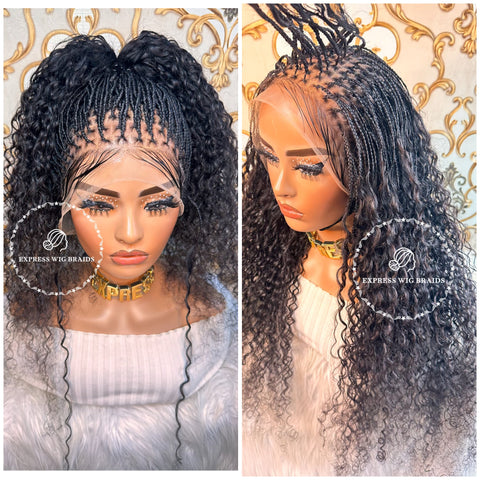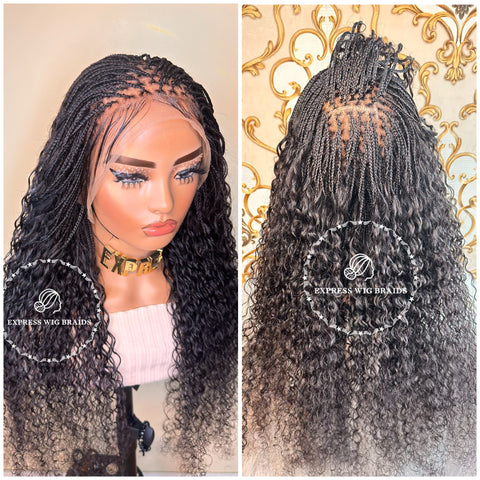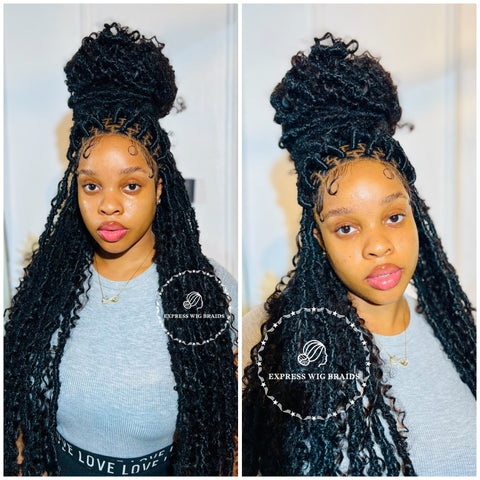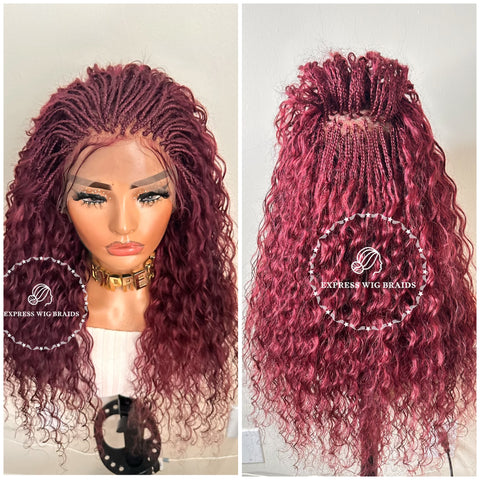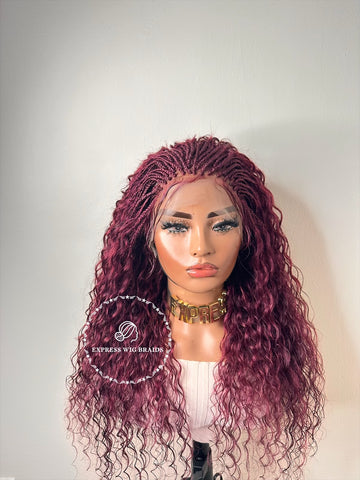What Is The Best Way To Treat Alopecia
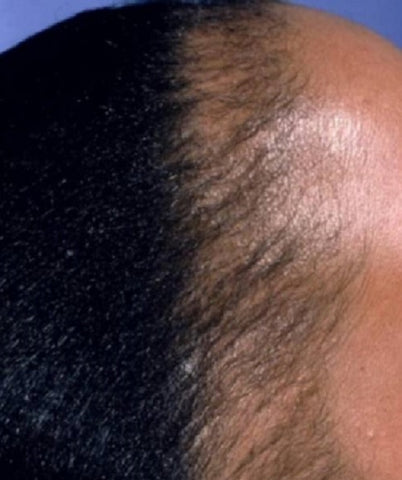
Are you experiencing hair loss and concerned about how to treat it? You are at the right place. One of the best ways to manage your alopecia is to consult a doctor to find out the possible cause and treatment.
However, self-care plays a vital role in the lives of those who are experiencing hair loss. In this article, you’ll learn the best possible treatment for hair loss, including the type of food you should eat and the ones you should avoid to effectively manage your alopecia.
How is Alopecia Areata Treated?
If you have alopecia areata, the patches of hair loss may merge and become more prominent, even though the loss of hair may not be noticeable at first.
Ideally, dermatological treatment should be combined with the steps you take to stop hair loss from getting worse. The following are some common treatment options:
Corticosteroids are the most commonly used treatment for alopecia. They can be applied topically as a cream or foam or as an injection into the scalp. Accelerating hair growth and assisting in the prevention of future hair loss are the objectives of this treatment. This treatment is given in a medical setting and is not available for purchase over the counter. Increased appetite, weight gain, mood swings, and blurred vision are some of the side effects.
An allergen is applied to your skin by your healthcare practitioner to cause contact dermatitis, an allergic reaction that results in the development of hair. Swelling lymph nodes (lymphadenopathy), eczema, skin discoloration, and scalp irritation are a few side effects associated with this treatment.
Male and female pattern baldness can both be treated with minoxidil, a topical medication. Typically, 12 weeks of treatment are required before you start to see hair growth. Headache, irritated scalp, and abnormal hair growth are a few of the negative effects.
Your blood is drawn from your body, processed, and then injected into your scalp by a medical professional to promote hair growth. Dizziness, nausea, vomiting, scalp soreness, and itching are possible side effects.
In phototherapy, the UV light waves help treat alopecia areata and other skin and nail conditions. Ultraviolet radiation from specific lamps is used. Your physician might prescribe psoralen together with ultraviolet A (PUVA) or ultraviolet B (PUVB) light therapy.
Certain wigs, hairstyles, or hair weaves may help you conceal or mask your hair loss if your body doesn't react to other forms of treatment. Check out wigs from Express Wig Braids to help you achieve a classic look and protect your natural hair from damage.
How do I Take Care of myself while Suffering from Hair Loss?
People with alopecia areata can take care of themselves by using a variety of protective and cosmetic procedures, such as:
- You can use sunglasses or durable eyelashes to shield your eyes from the sun and other environmental factors if you've lost your eyelashes.
- Cover your head with hats, scarves, or wigs to protect your head while outside.
- Use makeup to conceal your hair loss.
- Eat a balanced diet
- Vitamins and minerals are necessary for the growth of hair. Consider taking vitamin supplements.
Foods to Focus on if you have Alopecia
If you are suffering from hair loss, a diet rich in the following foods may give you additional protective advantages.
- Fruits: peaches, citrus fruits, apples, grapes, cherries, berries, pears, pineapple.
- Vegetables: sweet potatoes, broccoli, butternut squash, garlic, cauliflower, carrots, spinach, asparagus, and peppers.
- Whole grains: rolled oats, brown rice, farro, quinoa, barley.
- Healthy fats: avocados, nut butter, olive oil, nuts, seeds, coconut oil, unsweetened coconut.
- Protein: chicken, seafood, eggs, tofu, beef, turkey.
- Legumes: chickpeas, lentils, and black beans.
- Herbs, spices, and seasonings such as turmeric, cinnamon, basil, sage, and ginger.
Many of these foods are high in antioxidant and anti-inflammatory chemicals, which help regulate inflammation, protect against cellular damage, and improve immunological health.
Foods to Avoid if you have Alopecia
Alopecia areata is an inflammatory disorder. As a result, people suffering from this condition should avoid foods and beverages that are known to induce inflammation. These are a few examples:
- Gluten-containing foods: tortillas, breads, cakes, wraps, crackers, and other items containing gluten.
- Added sugars: sweetened drinks like soda, cookies, pastries, candy, sugary cereals, table sugar-sweetened, yogurts, and ice cream.
- Processed food: sugary granola bars, boxed mac and cheese.
- Fast food: chicken nuggets, French fries, pizza, hamburgers.
- Refined grains: instant noodles, white bread, white pasta.
- Processed meat products: hot dogs, bacon, sausage, lunch meats.
Furthermore, gluten-containing items and dairy may aggravate alopecia areata symptoms in persons who are sensitive to these foods. If you want to design a diet to treat your alopecia areata, it's advisable to consult with a health professional, such as a qualified dietitian.
A dietitian could suggest an elimination diet, in which you remove foods from your usual diet and then gradually reintroduce them to try to pinpoint what is causing your symptoms and worsening condition.
Your Top FAQs on Alopecia Answered
Is Alopecia areata contagious?
No. Alopecia areata is not contagious.
What is the best treatment option for hair loss?
There are various treatment options, such as hair transplants, topical products, hair treatments, and medicines. The diagnosis will determine the best treatment.
How can I tell if my hair loss is normal?
We typically lose 100 hairs a day, but occasionally we may lose more than 150. Anything above should raise concerns as it may indicate a problem with hair density. After combing, you should see if there is a noticeably increased amount of hair in the bathtub drain or on the floor. If yes, you should think about scheduling a hair screening consultation, as you are probably experiencing significant hair loss.
Conclusion:
People with hair loss have different experiences and need support that is tailored to the degree and the particular type of hair loss. If you are suffering from hair loss, just know that you aren’t alone. Next, we will be looking into the best braided wig styles for people who suffer hair loss due to alopecia and other ailments.





